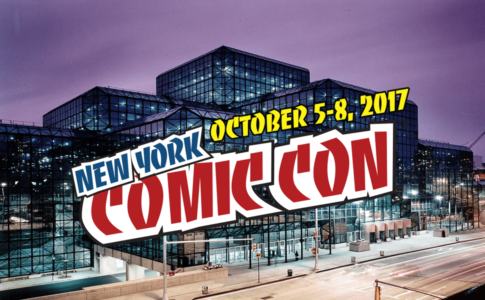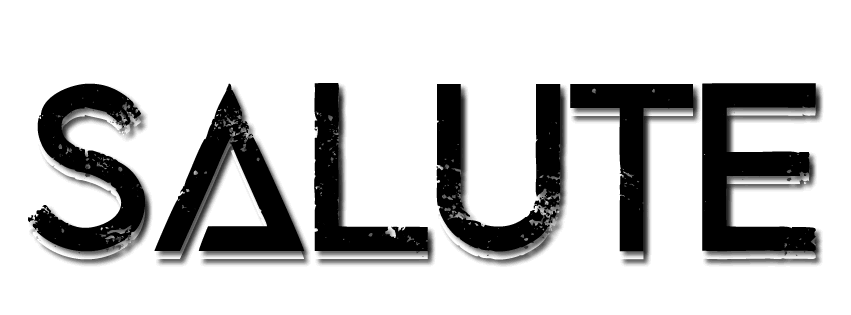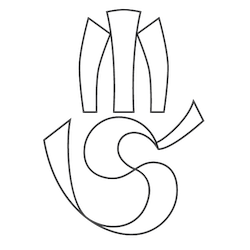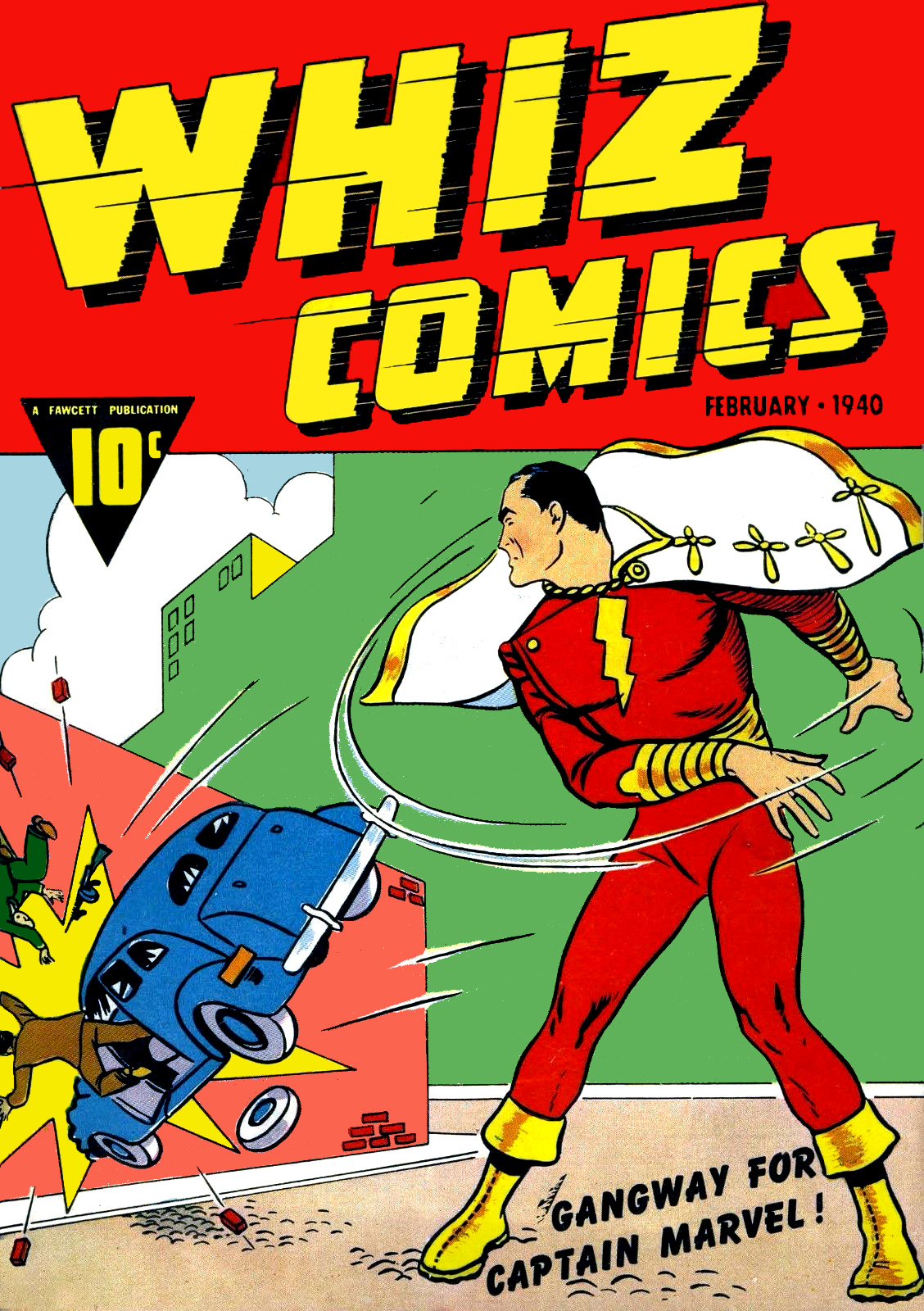The comic book industry is going through a difficult transition. Creators, publishers, retailers, and diehard fans of the medium are struggling with a grim reality; an audience that is contracting and skewing ever older.
Why Comic Conventions Matter


Originally published on 10/12/17
This past weekend (October 5th-8th) New York hosted one of the largest Comic Conventions on the east coast. Comic Cons are big business these days, and most major cities feature at least one a year, with some markets holding several small events throughout the year in addition to their marquee convention. San Diego Comic Con for example, has a massive financial impact on the city, bringing in close to 200 million dollars over the course of the show. Long gone the days of a handful of collectors gathering in a local church basement or the tiny ballroom of a since-demolished hotel in midtown Manhattan. Though it’s hard to imagine some of the more risqué cosplayers of today strolling around a church basement, I can recall the scandalized look on my mother’s face when a young woman dressed as the iconic “Orion Slave Girl” from the original Star Trek walked past us at my first convention back in ’75.
Much has changed about these events, not only in terms of scale. Besides the obvious increase in the number of shows, as well as how much more expensive admission is, technology has had an undeniable impact—from making possible slick multimedia presentations in enormous halls, to allowing fans to experience parts of the convention remotely. I didn’t attend NYCC, but I watched quite a bit of it on my phone. That said, conventions generate a unique energy that’s impossible to replicate outside these gatherings. Thousands of people packing a hall to see a much-anticipated trailer or pilot episode, to meet the cast and creators, generate waves of hype that wash outward to all points, carrying not only the expectations of the audience to be, but those of the creators behind it as well. Studios rely on that. However, there’s so much more to conventions than the marketing machine, and fans should keep it in mind and nurture those other aspects as well. Since I moved to the Orlando area over twenty years ago, I’ve attended our local show and watched it grow, year by year, from a small enterprise to the would-be behemoth it is now.
As much as I enjoy the panels and slick presentations, I have my most visceral (and therefore memorable) reactions both positive and negative, in the Artists’ area and the dealer booths.
For most diehard collectors, the latter is the main reason to attend a show. Whether you have one shop or a dozen in your area, there’s a unique charge of energy you feel when you step out into a vast, diverse sea of dealer booths from all around the country. The dizzying variety of books, collected volumes, merchandise, clothes etc. juices you up and the hunter/shopper/haggler instinct that exists in most collectors, kicks in. Cosplayers and industry celebrities alike stroll by, the former often getting more attention than the latter and receiving more photograph requests. The sensations are the same for most collectors, as they drift from stall to stall, perhaps with a wish list in hand, always on the lookout for a surprise, something rare they’ve never seen or thought they’d see, or better yet something they didn’t know even existed. I can recall every time I’ve seen a classic book in mint condition for the first time. A particular memory; holding a mint copy of Whiz Comics #1. I’d told the dealer I just wanted to look at it—it was well out of my price range—and without hesitation he took it down from his immaculate display and handed it across the rows of longboxes between us. His wife and son walked over as I examined it, studying me as I studied their prized possession. When the spell I was under broke, I looked up and we shared a wordless smile that spoke volumes. Perhaps I’ll never own that book, but from one collector to another, I sensed they wanted me to have that moment.
Conventions have a meet-and-greet area where they position the high-profile celebrity guests, hawking pictures and autographs, sharing a minute with the fans who manage to make their way through a winding maze, usually indicated by tape on the ground, reminiscent of a DMV line from the ninth circle of hell. More often than not, though there are cool famous people there, that’s not where the history is.
When you reach the tables lined up side-by-side in rows, with artists talking, signing and likely drawing, you’ve found the heart of the industry; not only the hobby’s roots but where the tradition is going. Too many creators have passed away now, but until recently, you could find golden, silver and modern age creators with young up-and-comers all round for good measure, sharing their experiences and travails, their knowledge and laughter, and best of all, their art. When you visit a museum, you don’t expect to meet the artist whose work you’re admiring. If you attend an opening at a gallery, you expect to meet the artist—but the aim is often simply “commerce” on some basic level. The artists’ area at a comic convention is about connection. It’s about the preservation and passing on of this unique art form. Therefore, nothing is more upsetting than when there’s no one around one of the old timer’s tables.
Marc Davis. Photo credit: Disney Archives
In October of ’96, I was working for Walt Disney World Advertising and, as part of the role, worked the 25th anniversary press event the company held that year. None of us got any rest that final week of the event. The parks and resorts were overcrowded, filled with boisterous guests, celebrities, and press everywhere you turned. On the second to last day of the event, I was hustling across the lobby of the hotel that served as the media headquarters, when I noticed a man quietly sitting with his wife in a corner. I don’t know how or why I noticed them, but I slowed down and looked more closely. On some subconscious level I think I’d already recognized his face and registered who he was, though I was incredulous. How could he be alone, if this was actually the person I imagined?
His eyes lit up, and after confirming he was, he invited me to sit and chat with them for a while. I was up against a deadline and running late to a meeting, but without a second thought I sat and chatted with them for over an hour.
The time flew by, but there was enough of it for him to answer all my questions, share countless precious memories, and simply open up and reveal himself as not only a visionary creator but also a true gentleman.
I’d known he was talented in diverse ways, as well as prolific, but I learned he was gracious and humble. I didn’t want to overtax him, or overstay my welcome, so I finally pulled myself away, thanking them for their time and apologizing for taking up so much of it. As I stepped away, Mrs. Davis caught my arm, leaned close and whispered something that still haunts me. She explained that though the company had invited him, no one had paid him much attention, nor spoken to them all that much at any point. Just before I’d approached them, he’d told her that he felt forgotten. She thanked me for recognizing him, as well as for taking the time to talk to him. She wanted to impress upon me how much it meant to him, maybe even more to her, that I’d shown an interest. I held it together long enough to assure her that it had meant much more to me, that it had been my pleasure and a moment, an experience, I’d treasure forever.
I said all that out loud, but inside I was broken.
All the joy and wonder I’d felt during the last hour had evaporated—cooked away by the heat of the anger and indignation I felt at their shabby treatment and the ignorance of the hundreds, perhaps thousands, of fans who’d walked past them for days and not recognized him.
I’ve revisited this scene many times since. It comes to mind when I walk through a convention and realize no one is visiting with one of the legends. I forget about the show, the hunt for books and that desire to see something I’ve never seen. Talking to the people who created the hobby, the works of art I cherish, is the greatest thing I can get at a show. As great as discovering and buying those rare books feels, it can’t compare with meeting the people who produced them. As much as I enjoy seeing that hot new trailer or listening to that panel of people talking about what’s coming next, the moments that stay with me are those where I learned about what came before; where I discovered something about what made all the rest possible.
If you look for me at a show, you’ll know where to find me. I’ll be with the old guys, soaking it all in.
Join us. I guarantee you’ll remember the experience.
Related Articles
Related
Interview with Comics Legend Walt Simonson
IDW Publishing recently released the collected second story arc of Walt Simonson’s Ragnarök, a great yarn by the master storyteller which unfortunately might be flying under the radar of many readers, lost in the crowded stacks of monthly titles published by the big two.
All Hail The King! Celebrating Jack Kirby’s 100th Birthday
August 28th, 2017, would have been Jack Kirby’s 100th birthday. At the most recent D23 Expo that Disney held, Jack Kirby was named a Disney Legend.
Let’s make something amazing together
 Please note, all Manifest Sculpt work is completed with traditional sculpting techniques—modelling and carving—rather than through modern digital techniques and programs. Consequently, the resin and bronze castings in this edition were also produced through traditional mold making and manufacturing processes. Final Manifest Sculpt commissions are available in a variety of materials, but they are not 3D printed and are not available as printable files. Copyright Notice: all work, including ideation, concepts, stories and their development, character design and production are the property of Carlos Soca unless otherwise noted, and all rights are reserved. Should you wish to discuss collaboration or licensing of an intellectual property or its design, please contact Manifest Sculpt.
Please note, all Manifest Sculpt work is completed with traditional sculpting techniques—modelling and carving—rather than through modern digital techniques and programs. Consequently, the resin and bronze castings in this edition were also produced through traditional mold making and manufacturing processes. Final Manifest Sculpt commissions are available in a variety of materials, but they are not 3D printed and are not available as printable files. Copyright Notice: all work, including ideation, concepts, stories and their development, character design and production are the property of Carlos Soca unless otherwise noted, and all rights are reserved. Should you wish to discuss collaboration or licensing of an intellectual property or its design, please contact Manifest Sculpt.


